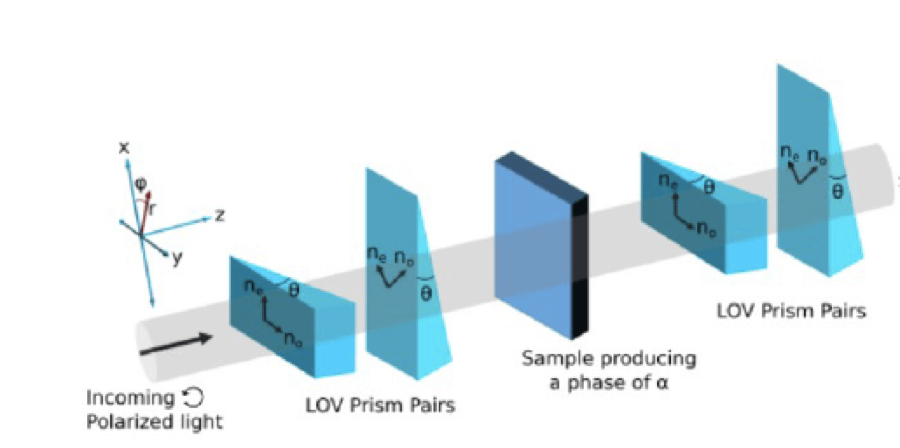Summary
With David Cory and collaborators at the National Institute of Standards and Technology (NIST) we explore how to engineer beams of neutron or photons that carry entanglement. The degrees of freedom that can be entangled include spin (polarization), momentum, displacement, and angular momentum. These have potential applications ranging from studies of helical internal magnetic fields in matter to helical organization of biological tissue. There is also a wealth of potential applications related to using entanglement to measure controlled self-correlation of materials properties, including local periodicity.

Related Content

Composite Superconductors for Improved Quantum Coherence
Summary Conventional superconductors have trouble performing well in magnetic fields required for electron spin resonance (ESR) – based quantum information processing applications. We can, however, use proximity engineering to select desired properties from different materials and combine them for improved superconducting performance in magnetic fields — an improvement that would have strong implications for […]
December 12, 2018
Fabrication of Ultra Low Noise RF SQUID Amplifiers
A superconducting quantum interference device (SQUID) is an extremely sensitive magnetic field detector.
June 1, 2017

Topological Properties of Exciton-Polaritons in a Kagome Lattice as a Solid-state Quantum Simulator
Summary In this project, we build a solid-state quantum simulator for engineering a specific Hamiltonian. Quantum simulators are purpose-built devices with little to no need for error correction, thereby making this type of hardware less demanding than universal quantum computers. Our platform consists of exciton-polariton condensates in multiple quantum-wells sandwiched in a semiconductor Bragg […]
December 8, 2018

Extensible Technology for a Medium-Scale Superconducting Quantum Processor
Summary Superconducting quantum bits, or qubits, use circuits made from superconducting materials to harness quantum mechanical states. These devices contain many atoms, but can behave as simple, controllable qubits. We are building technologies for the control and measurement of superconducting qubits to enable the first demonstration of an extensible, medium-scale quantum processor. Our approach […]
November 28, 2016

